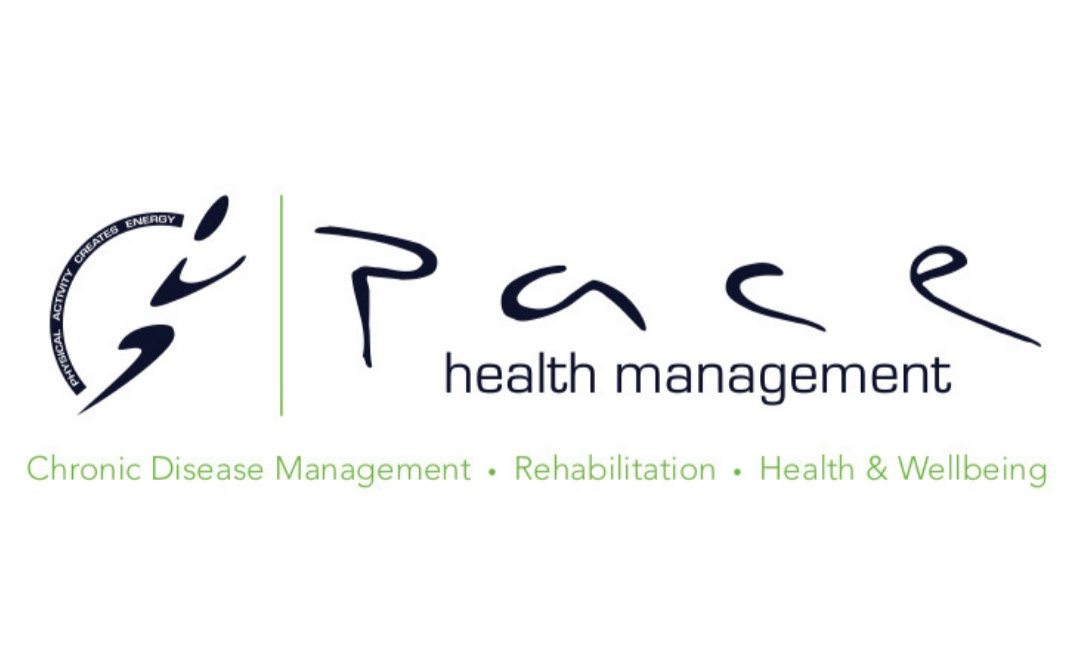Achilles Last Stand!
By Mark Simpson - Accredited Exercise Physiologist
Achilles Tendinopathy represents 9-15% of total injuries in runners, it is presented as pain on the Achilles Tendon, localised or diffuse inflammation, morning stiffness, and pain & impaired function during activities such as running. Ultrasound & MRI are typically used to confirm diagnosis.
Achilles Tendinopathy can be broken down into 4 grades, depending on the severity of pain, stiffness and loss of function. Without a change to training load or specific rehabilitation, Achilles Tendinopathy will typically continue to worsen.
Achilles Tendinopathy- Grading
Grade 1
Pain after running only.
Grade 2
Pain before and after running, but improves as the tendon warms up (ie. During run).
Grade 3
Pain with activity, causing a decrease in training load/ physical activity.
Grade 4
Pain all the time, and affecting activities of daily living.
Achilles Tendinopathy is considered multi-factorial, with factors being broken down into Intrinsic (non-modifiable & modifiable), Extrinsic and Other risk factors.
RISK FACTORS FOR ACHILLES TENDINOPATHY
Intrinsic Modifiable;
-Obesity/ Weight
-Muscle power/ Strength
-Muscle Endurance
-Reduced Ankle Dorsi Flexion
-Foot pronation & alignment
-High cholesterol
-Type 2 Diabetes
Extrinsic risk factors;
-Changes in training load
-Activity levels over the day
-Footwear selection
-Training surface
Intrinsic Non-modifiable;
-Age
-Gender
-Previous lower limb tendinopathy
-recent injuries
-Steroid exposure
-Antibiotic disease
-Rheumatolgical disease
Other factors which affect rehabilitation time;
-No respect for resting time
-Psychological aspects, including fears & beliefs, and stress.
So you think you have Achilles Tendinopathy, what now?
The below is created as a guide only, to help provide an overview of the rehabilitation process of Achilles Tendinopathy. This overview is based on a diagnosis of Achilles Tendinopathy, compelted by a physiotherapist and confirmed with MRI. We recommend working with a trained health professional to ensure the advice is specific to you and your scenario.
Achilles pain can be detrimental to many of your athletic pursuits.
Phase 1
Initial Management
· Reduce activities that provoke pain
· Anti-inflammation/ ICE therapy
· Heel wedges to unload Achilles Tendon
Phase 2
Identifying the Why
· Answer questions such as when & why does my tendon hurt? Identifying aggravating factors and removing/ managing them is crucial to long term rehabilitation success
· How does my pain respond to load?
· How many risk factors do I meet?
· How strong am I?
· What’s my understanding of Tendinopathy?
Phase 3
Exercise
· Goal is to decrease pain, increase strength and improve function of the Kinetic chain & lower limb
· Re-establish posterior chain function, increase calf strength and restore normal tendon function
· Current best practice guidelines for tendon rehab are to deliver high load, high recovery. Strength is key, loading is crucial.
Phase 4
Progress, progress, progress…
· Safely increase load by 10% per week to return to pre-injury levels
· This phase should be pain free and strength should remain as a constant focus
Phase 5
Monitor Pain, Activity & Load
· Consistency is key
· Allows identification of aggravators if pain spike
· Helps with motivation
Phase 6
Live a healthy lifestyle
· Healthy tendons come from healthy bodies
· Manage blood glucose levels, eat healthy, limit alcohol intake, don’t smoke.
Phase 7
Be in it for the long haul
· Tendon rehab is a 3-12 month process, based on how many risk factors are present, grade of tendinopathy and many other factors
There are no studies that have yet shown better outcomes than those of progressive exercise therapy. The best outcomes are achieved by following a specific tendon rehabilitation plan, which places the main focus on increasing strength, function and monitoring load..
